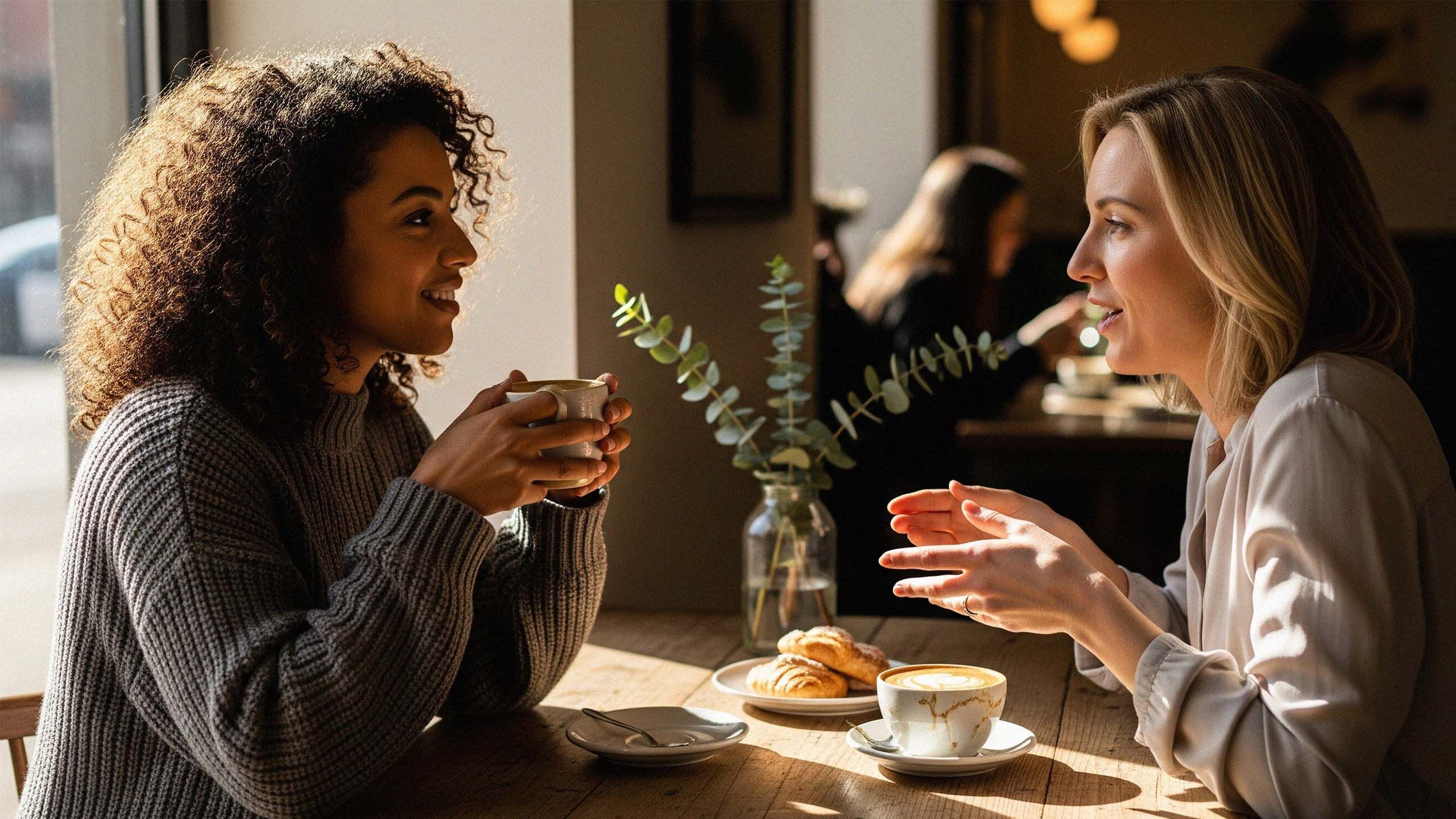Finding Symmetry in Self-Acceptance: My Journey with Asymmetrical Breasts

The first time I really noticed, I was a teenager standing in front of my bedroom mirror. In the harsh light of a summer afternoon, it was undeniable: my breasts were not a matching pair. One was noticeably larger, sitting slightly lower than the other. My initial reaction wasn't alarm, but a quiet, sinking feeling of confusion. In every magazine, movie, and health class diagram, bodies were presented as perfectly symmetrical. Mine wasn't. For years, that simple observation would shape how I saw myself.
My teenage years became a masterclass in concealment. I developed a wardrobe built on illusion—strategically padded bras, loose-fitting tops, and a perpetual slouch I hoped would obscure the difference. Pool parties were a source of anxiety, and swimsuit shopping was an exercise in frustration. The internal monologue was constant and critical. I felt singled out by my own anatomy, convinced that my lopsidedness was a flaw everyone could see and was secretly judging. It was an isolating feeling, built on the assumption that I was the only one.
This quiet insecurity followed me into young adulthood. It wasn't an all-consuming issue, but it was always there, a background hum of self-consciousness that dictated small choices every day. I avoided certain styles of dresses, positioned myself carefully in photographs, and felt a pang of envy when I saw other women who appeared so effortlessly balanced.
The turning point wasn't dramatic. It was a simple conversation during a routine physical. I finally summoned the courage to mention my concern to my doctor, phrasing it awkwardly as if I were describing a strange defect. She listened patiently before giving me a calm, straightforward answer. "Breast asymmetry is completely normal," she explained. "In fact, perfect symmetry is the exception, not the rule. Most women have some degree of difference between their breasts."
| Topic | Information |
|---|---|
| Prevalence | The majority of women have some degree of breast asymmetry. Differences in size, volume, or position are very common. |
| Cause | It is a natural result of genetic factors and hormonal changes during normal development, particularly in puberty. |
| Medical View | Generally considered a normal anatomical variation, not a medical problem, unless accompanied by new lumps, pain, or skin changes. |
| Symmetry in Nature | Perfect biological symmetry is extremely rare in nature and in the human body. |
Hearing that was like opening a window in a stuffy room. The medical validation was one thing, but the normalization was what truly began to change my perspective. I went home and started looking for information, not in fashion magazines, but in medical journals and health articles. I learned that bodies develop at their own pace and in their own way. Hormones, genetics, and life stages all contribute to our physical makeup. My body wasn't an anomaly; it was simply a variation of normal.
That knowledge was the first step. The next was actively shifting my focus. Acceptance didn't happen overnight. It was a gradual process of unlearning old habits. I started by buying a bra that fit me properly, not one designed to create an illusion of sameness. It was a small, practical change that made a world of difference in my physical comfort.
From there, I began to appreciate my body for what it could do, rather than fixating on how it looked. I focused on activities that made me feel strong and healthy, like hiking and yoga. The more I tuned into the feeling of being in my body, the less I focused on the minute details of its appearance. I began to see the whole picture: a healthy, functional body that carried me through life. My breasts were just one part of that whole.
Today, my breasts are still asymmetrical. I notice it when I get dressed, just as I notice the freckle on my left shoulder or the small scar on my knee. But the emotional charge is gone. It is a neutral fact, not a defining flaw. I no longer dress to hide myself. I wear what I like, stand up straight, and move through the world without the old burden of self-consciousness.
My journey wasn't about changing my body, but about changing my relationship with it. It was about moving from a place of fear and comparison to one of simple, quiet acceptance. The goal was never perfection, but peace. And in letting go of the need for perfect symmetry, I found a more meaningful sense of balance within myself.
— Maya
Editor’s Note: The following is a personal account shared by a member of our community. She has chosen to use the name "Maya" to protect her privacy.
Disclaimer: The articles and information provided by the Vagina Institute are for informational and educational purposes only. This content is not intended to be a substitute for professional medical advice, diagnosis, or treatment. Always seek the advice of your physician or another qualified health provider with any questions you may have regarding a medical condition.


 English
English  Deutsch
Deutsch  Español
Español  Français
Français 






